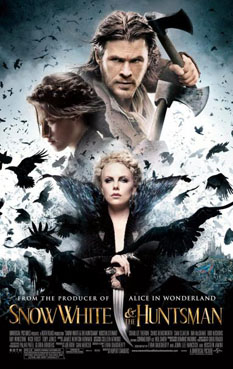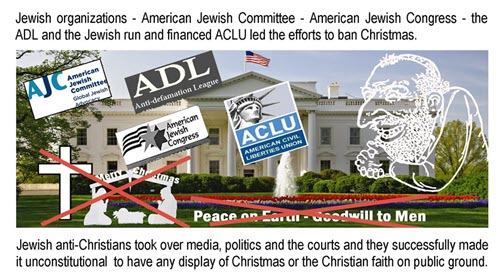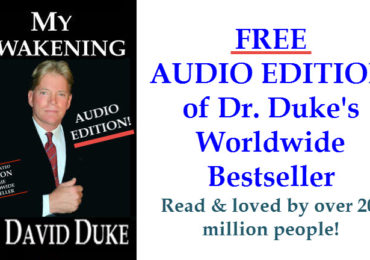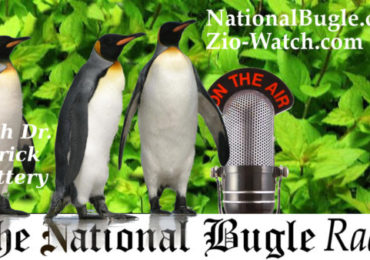 I realize that if a studio is going to spend $170 million on a movie, they are going to do their best to appeal to a wide audience. Movies with mass appeal necessarily have emotional hooks that draw the audience in. In Snow White, there are two such hooks.
I realize that if a studio is going to spend $170 million on a movie, they are going to do their best to appeal to a wide audience. Movies with mass appeal necessarily have emotional hooks that draw the audience in. In Snow White, there are two such hooks.
One hook is the image of idealistic romantic love completely divorced from sex. We first see the huntsman grieving for his dead wife. He helps Snow White because of the promise of reward and later because he realizes that she can be the key to defeating the evil Ravenna, a sorceress who has usurped Snow White’s rightful position as queen and whose reign has completely devastated the kingdom.
But there is an obvious romantic tension, as the huntsman, who is personification of a Viking warrior, protects Snow White and teaches her how to fend for herself. (The huntsman is played by Chris Hemsworth, who starred as the Viking god/warrior Thor in the movie Thor.)
The romantic highlight of the movie is not when the prince kisses the dead Snow White, as in the original Grimm Brothers fairy tale. There is indeed a prince, a childhood friend who also comes to fight against the evil Queen and who kisses the dead Snow White. There is also a romantic/sexual tension between the prince and Snow White. But it’s the huntsman’s kiss that revives her.
There is no hint that the victorious Snow White will marry the huntsman. She will probably marry the prince, but that is left to the sequel. So the love between Snow White and the huntsman is a completely pure and chaste love; the huntsman still mourns for his dead wife. It’s the stuff of fairy tales, but it is doubtless a large part of the psychological appeal of the movie, especially for women.
This emphasis on pure romantic love divorced from sex recalls a theme from the chapter on psychoanalysis in The Culture of Critique—the psychoanalytic view that romantic love was merely a sublimation of sexual urges:
[John Murray] Cuddihy (The Ordeal of Civility: Freud, Marx, Levi-Strauss, and the Jewish Struggle with Modernity. New York: Basic Books, 1974, 71) traces Freud’s views in this matter to the fact that for Jews, marriage was completely utilitarian. A disciple of Freud, Theodore Reik stated that the older generation of Jews held the conviction that “love is to be found only in novels and plays.” “Love or romance had no place in the Judengasse [Jewish quarter].” Love was therefore viewed by Freud as an invention of the alien … culture and thus morally suspect. Its true hypocritical nature as a veneer for and really only a sublimation of the sexual instinct would be unmasked by psychoanalysis. … It was a devastating analysis—an analysis with important consequences for the social fabric of Western societies in the late twentieth century.”
Movies like Snow White show that despite the psychoanalytic war on romantic love, it is alive and well, doubtless because love and sex are indeed two quite different psychological adaptations.
Although romantic love is a cross-cultural universal even in societies where kinship relationships and property predominate in choice of marriage partner, it is uniquely elaborated in Western societies as a basis for individualist choice of marriage partner.
The other emotional hook is the fight of good against evil, where good is the survival and prosperity of the ingroup. The evil Queen is a usurper whose reign has resulted in poverty and misery for everyone. The people are under alien rule, their fight is just. It is a moral imperative, just as in The Lord of the Rings. Indeed, Tolkein’s work was an inspiration for the main screenwriter, Evan Dougherty:
I’d be lying if I said I wasn’t inspired by “Lord of the Rings.” I was in college and my sophomore year “Fellowship of the Ring” came out. My junior year was “Two Towers.” My senior year was “Return of the King.” College was four years of Lord of the Rings fever.
It’s well known that the Lord of the Rings trilogy resulted in a moral panic among some because of its depictions of good White people trying to save themselves and their culture against the forces of darkness.
Indeed, Stephen Shapiro, says that “Tolkien’s good guys are white and the bad guys are black, slant-eyed, unattractive, inarticulate and a psychologically undeveloped horde.” There is a long line of critics of Tolkein who see strong overtones of White racialism in his stories.
In Snow White, the good White, bad non-White theme is underplayed but still there. The evil Queen, played by the beautiful Charlize Theron, is blond, and Finn, her brother, appears almost as an albino. But the evil Queen commands the Dark Army, “an army of invincible glass soldiers who have enslaved several of the neighboring kingdoms” and who are entirely black, from head to toe. The only Black actor in the film is a soldier in Finn’s war party charged with bringing Snow White back into the clutches of the evil Queen who would eat her heart to ensure her own immortality.
Snow White therefore plugs into the same primeval emotions as The Lord of the Rings—a dispossessed and beleaguered, morally superior White ingroup fighting against overwhelmingly powerful forces of evil—evil that has no legitimacy and is entirely destructive of all that is good and beautiful.
The emotional high point of the movie was the victory celebration when Snow White was surrounded by the cheers of her people—all White. The world was righted. Crops will grow again; the misery and oppression are ended.
Elsewhere, I have argued that the construction of morally defined ingroups (rather than extended kinship or coercion) is a critical feature of individualism and basic to uniquely Western forms of social organization. Snow White plugs into the emotional core of this sense of a morally defined ingroup. It is also a racially homogeneous ingroup—even the dwarfs are White.
In the end, Snow White is an excellent metaphor for our times. The image of elite Whites who, like the evil Queen and her brother, are eagerly reaping the rewards to be had by dispossessing their own people and allying themselves with the forces of darkness is an emotionally compelling depiction that plugs into exactly what is happening throughout the West.
Indeed, the metaphor of an elite composed of traitorous, evil Whites supported by the the Dark Army is more appropriate to the contemporary situation than Tolkein’s image of besieged Whites fighting ugly non-Whites.
Snow White thus manages to plug into two primeval emotions central to the West and relatively weak in the rest of the world: Romantic love as an ideal—chaste, pure, and desexualized, and the ideal of a morally constructed ingroup fighting the forces of evil. Despite all the ideologically motivated anti-White trash that is put out by Hollywood, movies like Snow White show that there is an audience for movies that play to these primeval Western emotions. Its box office success speaks volumes.
And it suggests that despite the dire situation we are now in, there is hope for the future, because the reality of what is happening to our people and culture is becoming obvious and will have very negative effects on the vast majority of Whites in the very near future. And when Whites think of themselves as a besieged, morally superior ingroup fighting for their survival against the forces of darkness, they will be a formidable force indeed.
Original article
Previous Post
The Dilemma of Jewish Supremacist “Open Borders” Policy



